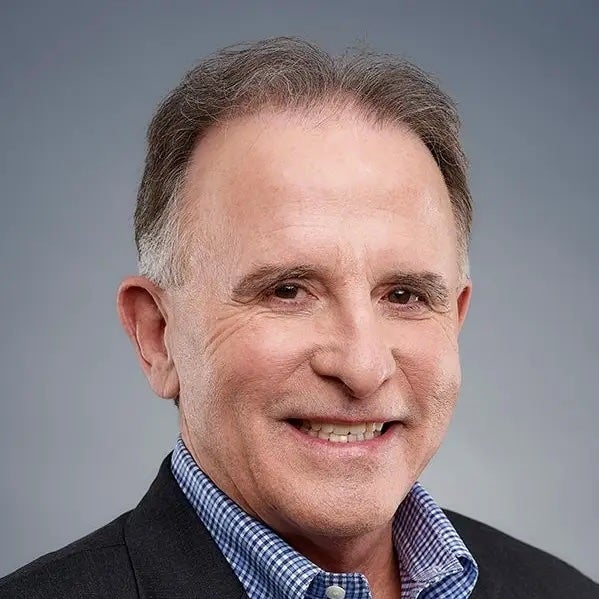Workforce Challenges Need Cross-Industry Solutions
At Western Governors University (WGU), our mission has always been to change lives for the better by creating pathways to opportunity and expanding access to education for every learner. Today, that mission is being tested as the gap between workforce demand and affordable, accessible training becomes a defining issue for both higher education and the labor economy.
To address this challenge, WGU partnered with Social Finance to design a model that rethinks how we fund and sustain talent development—one that shares responsibility across stakeholders, aligns repayment with real-world outcomes and recycles dollars to support future learners. The Reinvesting in Nursing Education and Workforce (ReNEW) Fund is a “Pay It Forward” model that is built to advance both student success and workforce resilience.
Putting the Adaptable Model into Perspective
Hospitals nationwide face a shortage of nearly 300,000 nurses, and meeting this demand will require training an additional 25,000 to 30,000 nurses each year through 2035, according to the National Center for Health Workforce Analysis. It’s a daunting task, made even more challenging by traditional funding models that place the financial burden on students, preventing aspiring nurses from entering the profession and leaving employers without the skilled talent they so urgently need.
The ReNEW Fund reimagines this dynamic. Through philanthropic and employer partnerships, the fund provides zero-interest, outcomes-based loans for low-income nursing students to complete the final four terms of their degree at WGU. This approach removes the upfront financial barrier that often prevents aspiring nurses from finishing their education while also creating a reliable, outcomes-driven pipeline of talent for healthcare employers. Graduates begin work as registered nurses, and repayment to the fund occurs either through income-based contributions from the graduate or through direct repayments from participating employers that hire and retain them.
In this way, the fund becomes a self-sustaining cycle with each dollar invested today fueling the education of tomorrow’s nursing students. It’s a model designed not only to meet the urgent needs of healthcare but also to serve as a replicable framework for other industries seeking to build sustainable, equitable pathways into in-demand careers.
Applying the Model Across Industries
Adopting this model depends on various enabling factors:
Identify key barriers. Pinpoint and agree on the main factors that make it hard for individuals to access education or find good jobs.
Secure upfront funding. Build the initial pool of dollars through philanthropy, employers or government to support training and take on early risk.
Show clear workforce demand. Use data to confirm that there’s a strong, ongoing need for well-paying jobs in the target field.
Partner with employers. Work with companies that can verify skill needs, shape training programs and commit to hiring graduates.
Work with quality training providers. Choose programs that deliver proven, job-aligned education and prepare students for long-term success.
Create a sustainable repayment system. Set up a way for graduates or employers to repay the fund so it can continually support new learners.
These steps can help all types of stakeholders design their own version of the Pay It Forward model. The principle is simple but transformative: invest in people, tie repayment to outcomes and reinvest back into the system.
The Path Forward
The ReNEW Fund represents a shift in how institutions can think about their role in shaping the future of work. Across industries, the connection between education and employment is evolving, and the models that sustain that relationship must evolve with it. And as workforce needs grow more complex, the traditional boundaries between higher education, employers and funders are giving way to shared responsibility.
Sustainable, outcomes-based models like the ReNEW Fund demonstrate what’s possible when all stakeholders invest not just in programs, but in people—and when the measure of success extends beyond completion rates to include long-term economic mobility and community impact.
If we hope to build an equitable and resilient workforce system, this kind of collaboration must become the norm rather than the exception—where learners access education without taking on unmanageable debt, employers gain and retain the skilled talent they need and public and philanthropic investments stretch further, with every success story recycled into the next.


